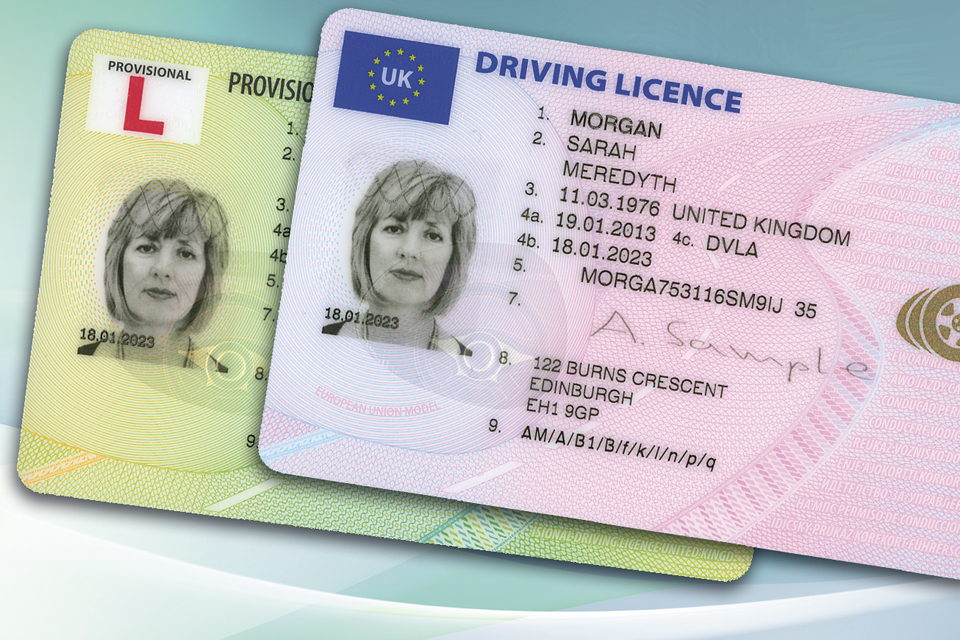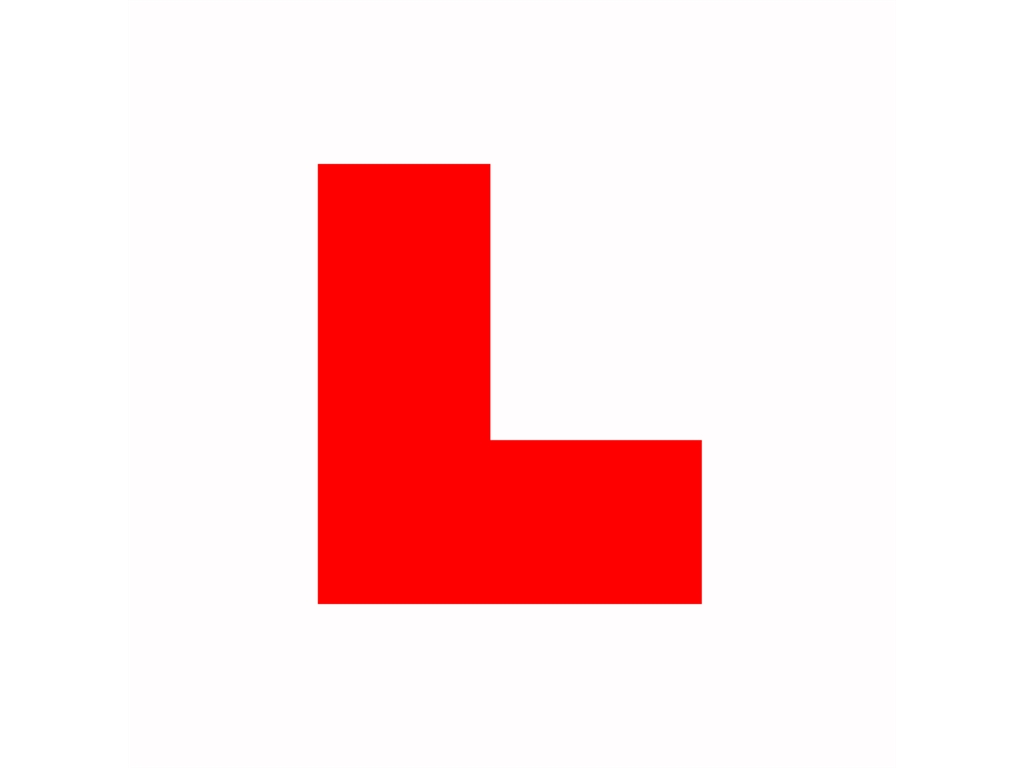

Afterwards, the examiner will check for front and rear licence plates, front signal and back signal lights, and other important safety features on the vehicle you’ve brought with you.The first thing the examiner will do is ask to see your provisional licence, proof that you’ve passed your driving theory test, and proof of third-party insurance.For the independent driving section, your examiner will watch as you drive for about 10 minutes, and note any major mistakes you might make.This will include various kinds of stops and starts, reverses, turns, and similar maneuvers. You’ll be tested on your driving ability for about 40 minutes.See our example ‘Show Me Tell Me’ test here. The ‘show me’ question will require you to demonstrate how you’d carry out a vehicle safety check, and the ‘tell me’ question will require you to explain how you’d perform that check. You’ll be asked 2 vehicle safety questions - also known as ‘show me, tell me’ questions.Your DVSA examiner will give you an eyesight test, in which you’ll have to read a number plate from a distance of 20 metres for vehicles with a new-style number plate, or 20.5 metres for vehicles with an old-style number plate.The test will consist of several sections: You should expect this exam to test your ability to drive safely and accurately. Where do I go to apply for my driving licence in the UK?.A biometric residence provisional licence (formerly known as the identity card for foreign nationals)Īddresses where you’ve lived over the last 3 yearsĭ1 driving licence application form, which you can get from the official DVSA form ordering service or from a Post Office.Īpplication fee - £34 if applying online, or £43 if applying by post.College or university union card, school record or PASS CitizenCard.Marriage certificate or divorce papers (decree nisi or absolute).Photocopy of the front page of a benefits book or an original benefits claim letter.National Insurance card or a letter from the Department for Work and Pensions (DWP) showing your National Insurance number.UK birth or adoption certificate, but this must be accompanied by one of the following:.It tests knowledge of the Highway Code, a set of principles for safe driving rather than driving skills. The theory test differs from the practical driving test. Candidates must answer 35 out of 40 multiple-choice questions correctly to pass the first part (there is a time limit of 45 minutes). Then, they'll get a hazard perception test (a video test about spotting hazards on the road). First, the applicants must answer 40 multiple-choice questions based on the information in the Highway Code. The test is available in English, Welsh or British sign language. Applicants can take the theory test from their 17th birthday onwards. The DVSA administers the test in the UK and the DVA - in Northern Ireland.
WWW DIRECT GOV UK DRIVING TEST UPGRADE
The test is required to obtain a learner's permit or a provisional licence and upgrade to a full licence and periodically during the licence period.

It tests knowledge of the Highway Code, a set of principles for safe driving rather than driving skills.Ī theory test (also known as a driving theory test or a car theory test) is a multiple-choice exam covering traffic signs, safe driving practices, and road rules in the United Kingdom, Isle of Man and the Channel Islands.


Driving theory test definition A theory test (also known as a driving theory test or a car theory test) is a multiple-choice exam covering traffic signs, safe driving practices, and road rules in the United Kingdom, Isle of Man and the Channel Islands.


 0 kommentar(er)
0 kommentar(er)
